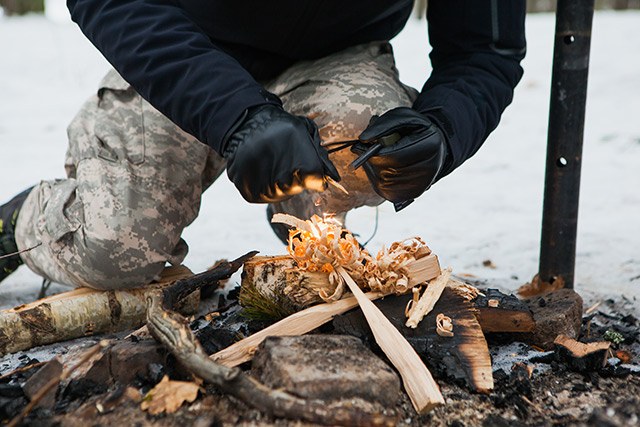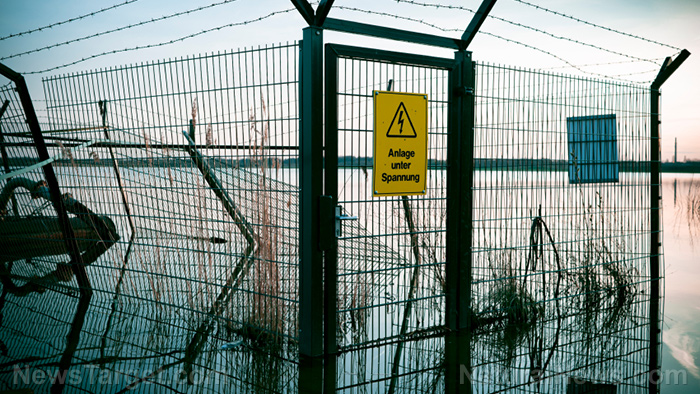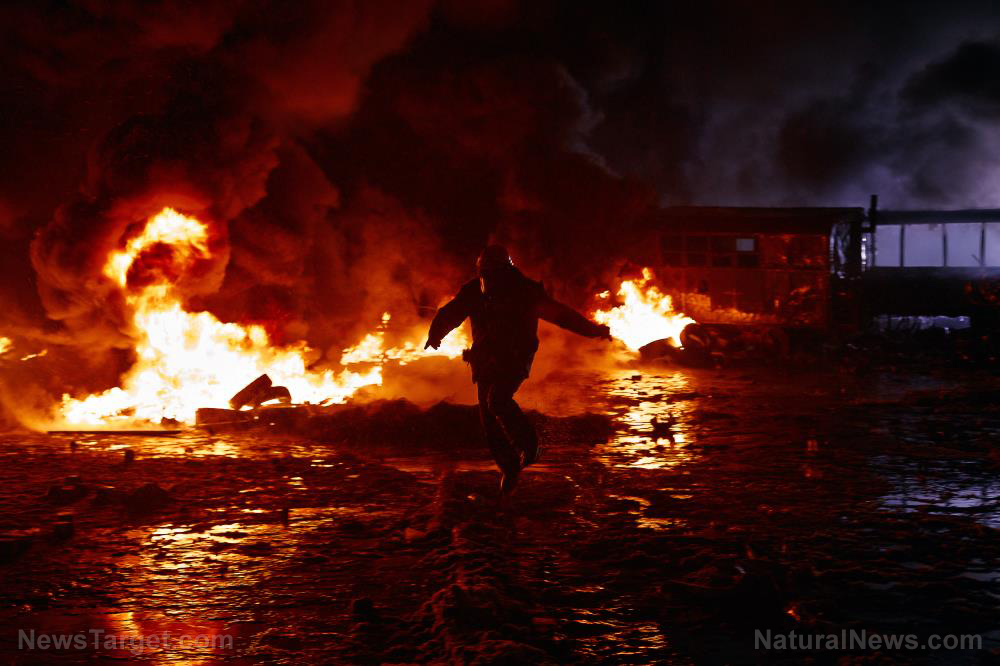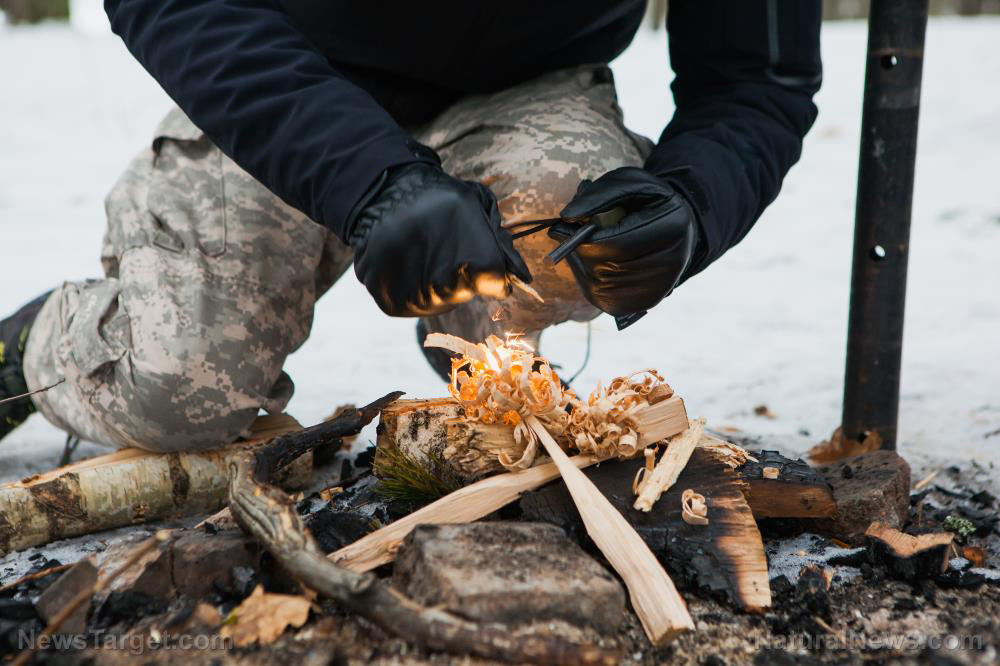How to make a formidable temporary shelter when SHTF
08/04/2018 / By Frances Bloomfield
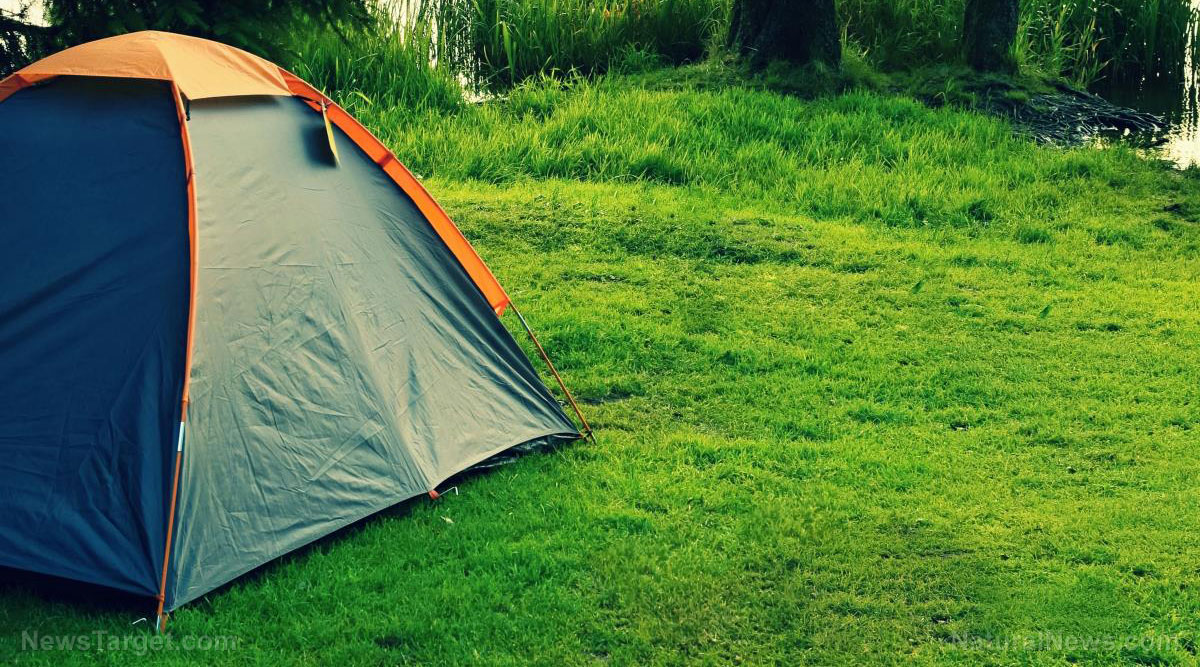
Shelter is an essential component of survival, yet it isn’t the easiest one to come by. Sometimes you’ll be thrust into a situation where pre-built dwellings are an impossibility and you have no choice but to make your own shelter. Luckily, this isn’t too difficult; putting together your own temporary shelter is fairly easy to accomplish if you prepare for it. And here’s what you need to do.
Before you build your temporary shelter, you need to determine where you’ll construct it first. The ideal locations for short-term shelters are those with trees, caves, and rocky overhangs. All of these natural elements can both serve as actual temporary shelters and act as support for dwellings built by your own hands. Trees, for example, have branches that can be used as framework and foliage that can be utilized as insulating materials.
Don’t forget to take the proximity to food and water sources into consideration. Wandering far just for nourishment wastes time and energy, and places you at a potentially dangerous distance away from your camp.
In addition, you’ll need to have a few supplies on hand when building a temporary shelter, and these are the ones we recommend:
- Hatchet – For chopping and de-branching wood.
- Knife – For cutting branches and cord, and notching poles.
- Lighter – To prevent the ends of your rope from fraying.
- Rope – For lashing poles together and creating a line between trees.
- Shovel – For clearing dirt and leveling the ground.
How to put together temporary shelters
These are just a few makeshift dwellings you can make with your own hands.
- Tents — Build this like you would a normal tent. They may not offer much in the way of durability, but if you’re always on the move, then tents are your best shelter option thanks to their being portable and lightweight. (Related: Camping: A great way to practice how to live after SHTF.)
- Poncho shelter — For this, you will need a large poncho, stake anchors, and rope. Tie the rope between two trees and the ends of the poncho onto the rope. Secure the two higher corners of the poncho with rope, then stake the two remaining corners into the ground. Even though one side will be wide open, it’s a quick and simply way to keep yourself dry and free of sunburn.
- Tarp shelter — Building a tarp shelter is just like building a poncho shelter, in that it involves tying a cord between two trees then placing a tarp over it and securing it with stakes. You can add more stability to your temporary dwelling by placing a straight branch into a Y-shaped branch and tying them together to create an A-frame for the middle of your tarp shelter.
- Lean-to shelter — This type of shelter is similar to a tarp shelter, but instead of using a tarp, you’ll be using branches and leaves. You’ll need one long, sturdy piece of wood to serve as your transversal beam, five to seven smaller pieces of wood for the back of your shelter, rope, and leaves. Attach the transversal beam to two trees and tie it down with the rope. Once stable, lean the other pieces of wood against the transversal beam, taking care not to space them too far from one another. Finally, add the leaves between the gaps of the beams to create insulation.
- Dugout shelter — Pick a spot with firm soil then dig a trench several feet wide and deep, depending on your height. Reinforce the walls then add a roof — either a tarp or branches and leaves will suffice. While more labor intensive than the previous temporary shelters, a dugout shelter offers more room, warmth, and better protection against the elements and wildlife. Plus, you’re free to make it as big as your resources or time will allow you.
Other options
There may come a time when all you’ve got are the clothes on your back; no tarps or ropes or ponchos to your name. Don’t panic if that happens. There are still other options for you to choose from for your temporary shelter.
- Natural shelter — Fallen or hollow trees can do in a pinch, as can rocky overhangs. If you pick a cave to settle in, be sure it’s a shallow one. Wild animals will often call deep caves their own, and the last thing you want to encounter in the middle of the night is a bear or a cougar.
- Man-made shelter — Entering an urban environment will present you with a plethora of man-made shelters: abandoned houses, cars, shipping containers, industrial complexes, and even dumpsters can all be used as temporary shelters, provided they’re unoccupied or the current inhabitants don’t mind the extra company.
- Cardboard box shelter — If you manage to come across some cardboard boxes and duct tape, then you can put together an unusual yet cozy temporary sheltering option. Some cardboard boxes can even be thick and large enough to keep you out of the elements. Cardboard boxes are common in industrial sites and retail areas, so make the beeline for these places if you’re looking for cardboard.
Read up on more survival tips and tricks by visiting Survival.news today.
Sources include:
Tagged Under: DIY, Gear, how-to, off grid, Off Grid living, preparedness, prepping, shelter, survival, survival gear, temporary shelter


